Mister Glue (Cyanoacrylate) for Woodworking.
Cyanoacrylate glues have been around for 50 - 60 years or more. Many woodworkers know their benefits and different types of CAs that are used with various types of woodworking. From wood scroll to repairing gun stocks. 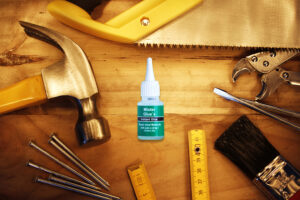
Used in the wood shop this cyanoacrylate, read: super glue, has any number of uses. Used on its own, it is set up speed is amazing, used with the accelerator/activator it is incredibly fast and strong.
There is a wide range of viscosities with cyanoacrylates (CA glues). Mister Glue has a low viscosity (it is very thin), so can work for many woodworking projects,: wood scrolling, wood turning projects and repairing cracks. Because this super glue is not thick, it won’t fill gaps but we have an excellent solution for that.
(If you want a technical definition or chemical make up of cyanoacrylate glue take a look at Encyclopedia Britannica)
It has obvious uses for fine work where the use of clamps is unworkable.
A few of the issues with Mister Glue and like types of super glue is that they react to and set up with the presence of moisture and often wood is just too dry. Other factors such as natural oils in the wood or wood that has been treated, sap, etc - all of these thing can affect set and cure rate and whether it will cure at all. Mister Glue, and again, other super glue/cyanoacrylate type glues, will not bond well to cured super glue or some other types of cyanoacrylate. So, get it right the first time or you could have problems. Doing repairs over other glues, yellow and white wood glues, is usually not a problem. Which is handy.
Gluing Very Dry Wood
When you are dealing with particularly dry wood, one of the issues is that the wood is so ‘thirsty’ glue will soak right in so there is nothing left on the surface to do any bonding. Additionally, it is so dry there is zero moisture for it to react with.
This fix for the moisture thing works but can be tricky. The accelerator activates the glue but does not really work well on very dry wood as a primer. So, as a solution to this, I’ve taken a spray bottle and moistened the surface. You DO NOT want a wet surface. That won’t fly. Do this: Spray the surface that you are going to work with. Let some soak in and wipe off any excess. Let the wood dry. Like, you don’t put paint on wet primer. You can prime both sides but seriously, let the surfaces get dry before you apply the glue.
Once dry, put Mister Glue’s Accelerator/Activator on one side. Do that first, as the Accelerator needs a little open time. The glue doesn’t, so apply it to the other side next. Place the two surfaces together and make sure you get them exactly the way you want. Once you press the two surface together, they will set up. No play time, especially with the Activator.
If you are unsure about getting the two surfaces together properly quickly, then try it this way instead: Put the glue on one side, after the surfaces have been primed, and THEN press the two surfaces together. Doing this way, you will have a very little, but some time, to move your two pieces into place. Once you have that, you run a bead of the Accelerator/Activator along the seam. That will instantly set and make the glue stronger.
I’ve heard issues with some CA glues, where there are problems over time because they are brittle and as such they break down. My brother in law is a carpenter: There was an issue with one sub-contractor where his carpenters were using a CA (cyanoacrylate) glue for many of their finishing joints because of set up time. A year later many of these joints would fail as the cured glue would eventually get dry and brittle.
The Solution
Mister Glue, being an industrial glue, remains flexible. The impurities and solvents have been thoroughly distilled out. So, if you are doing finishing work, for example a pre-finished crown at a mitre joint it won’t be a problem later. Mister Glue, when curing, will not shrink or expand. It is also completely waterproof.
End Joints
End Joints can be difficult. One can most times use Mister Glue for these. Not always. It is a very fine glue and needs a tight fitted joint. Two rough ends will not glue together well with Mister Glue. Not much of anything will do that. If the ends are finished and fit together snugly, then place Mister Glue’s Activator one side, Mister Glue on the other then press them firmly together.
Note: It is better if you don’t stain first. Better to apply Mister Glue to the raw unstained wood. Mister Glue will bond to finished wood but stronger without.
Capillary Action of Mister Glue
Due to the low viscosity of Mister Glue it can be used to repair cracks in wood. If you are turning and a crack in the wood comes to light, add a few drops of Mister Glue to the crack. It will wick in. Press firmly together and in seconds it will be set up and you are back in business. No waiting for an hour for it to set up.
You don’t have to replace a whole gunstock, just put a drop in the crack, press it together for 10-20 seconds. Once set, if you want, you can sand the edge smooth.
You can even run a bead along a closed joint. Mister Glue will easily wick in and bond the two pieces together.
This also becomes very useful in wood scroll. Reinforce a section that has been cut a little too close or thin. A few drops will soak in nicely and strengthen it quite well.
Small Wood Craft Work
If, for example, you are working on a project that has numerous pieces that need to be fitted together, Mister Glue is ideal. There is no wait time between sections. You don’t have to wait hours for one section to set up and cure before doing the next.
Fillers
As mentioned, Mister Glue has a very low viscosity, it is quite thin and runny so won’t fill gaps. Use sawdust as your filler. In a wood shop, you should have plenty of sawdust laying around. From fine to not so fine. You can’t mold it into shape after you have applied the glue. Place the sawdust in the crack, crevice or hole you need filled, then add the glue. If it is deep, you may need to build it up in layers. For example if you are having to realign a screw hole. Pack a small bit of sawdust in, then a drop or two of glue. Build it up this way until flush. You can sand or tool even then align the drill hole properly for the screw.
Two pieces that are not quite together but need to be: do the same thing, sprinkle in some sawdust and add glue. I’ve used baking soda the same way where I needed a very fine material for a wobbly chair leg. There wasn’t enough space for sawdust, I needed something quite fine. I worked some baking soda into the gap, jiggled it so that it really worked in and added glue. Never came apart!
Feel free to experiment with different materials: Coffee grinds or other materials to help match colour. I’ve used the baking soda with porcelain and resin figurines with amazing results. Broken plastic car parts that are no longer available have been repaired using various fillers with great success.
A Few Cautions
One, don’t try spreading the glue before you place the two pieces together. That is important! Just put enough on the surface so that it will spread when you press the two pieces together. Touching it beforehand and trying to spread around can ruin the bond. Use the minimum needed for the surface. As always with this glue, the tighter, closer the fit, the better the bond.
A second point is to please use this and other cyanoacrylates in a well ventilated space. If you are going to be using it a lot, have a small fan going to keep the fumes away as much as possible. I’ve run into more people that are involved in the Remote Control world (planes, trains and automobiles), that cannot use cyanoacrylates anymore because they did not heed this rule. They built up intolerances and could no longer be around it, These are people that had been using this type of glue every day for many, many years. It is classified as an ‘irritant’, not a poison. Just be cautious. Some will use googles. I also keep the cap loosely on the bottle if the bottle is going to be open for a while.
Thirdly, keep some Mister Glue DeBonder handy. This product is made for cyanoacrylate (Mister Glue) glues. You can use acetone to remove these types of glue as well, but you may get a little ticked off, as it takes much, much longer. It is also useful to keep around in case your fingers get glued together. If you do get some of the glue on your fingers or hands, it may be irritating but will wear off fairly quickly.
Clogging Tip
Try NOT, if you can help it, to touch the tip to the surface you are gluing. Occasionally, you will forget to make sure the tip of the spout is cleared before you put it away. This can clog the tip or make the tip bond to the cap. You can peel off any hardened glue with your finger nails. If the tip comes off with the cap, you may need some needle nose pliers to pry it loose. Try and burp the bottle before recapping and keep it upright to prevent these things from happening.
Refrigerator
At room temperature, Mister Glue should last a year. Kept in the refrigerator you should get several years. I prefer the freezer. The product won’t freeze. Just let come back to room temperature before opening.
More Care of Mister Glue
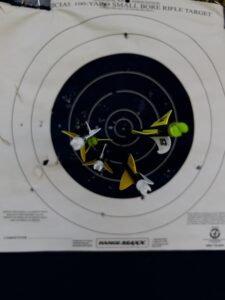 wanting to forestall them coming out again, I also put a touch of Accelerator on one side first. The Accelerator is not absolutely necessary in this instance. I've just used it here as demonstration.
wanting to forestall them coming out again, I also put a touch of Accelerator on one side first. The Accelerator is not absolutely necessary in this instance. I've just used it here as demonstration. 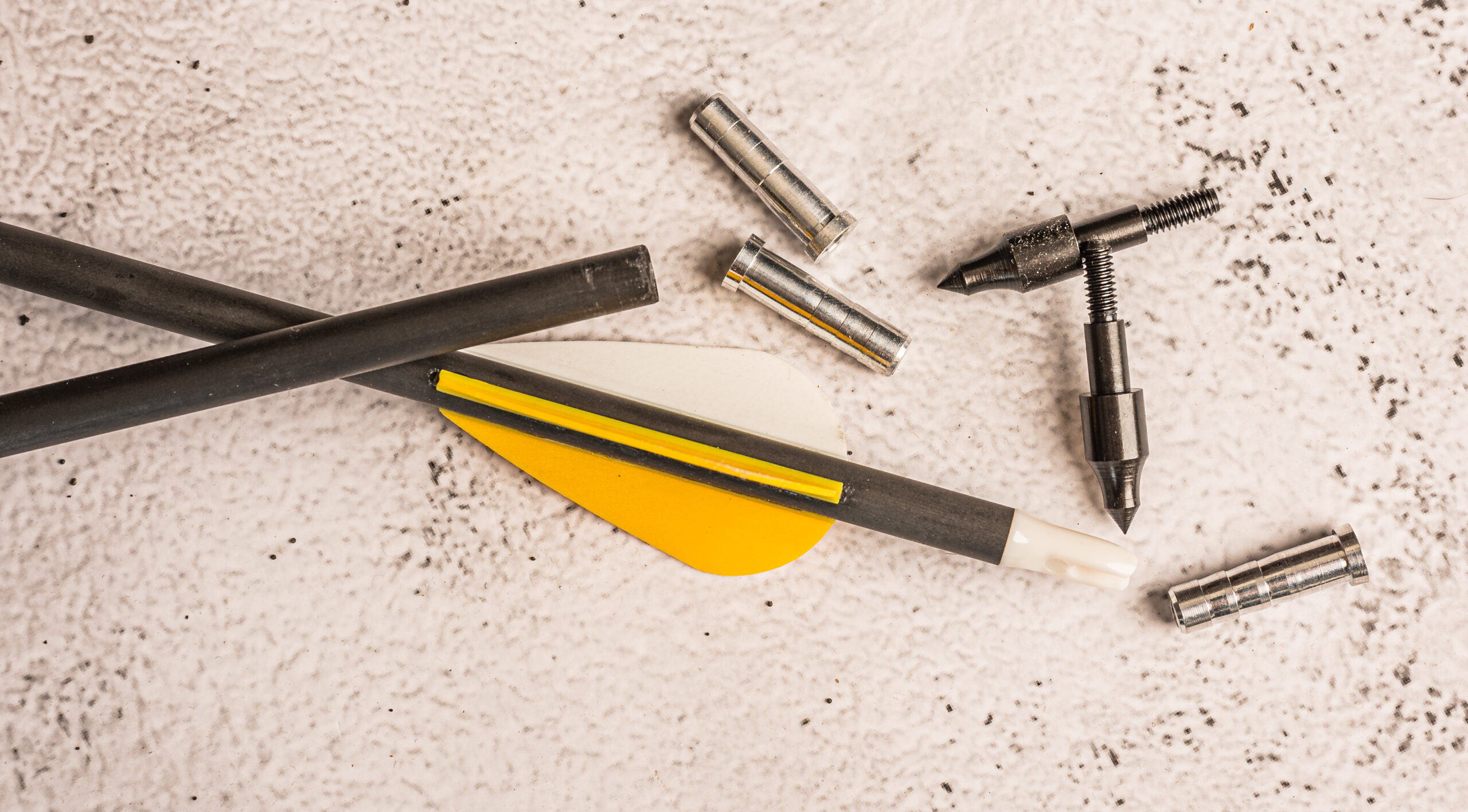
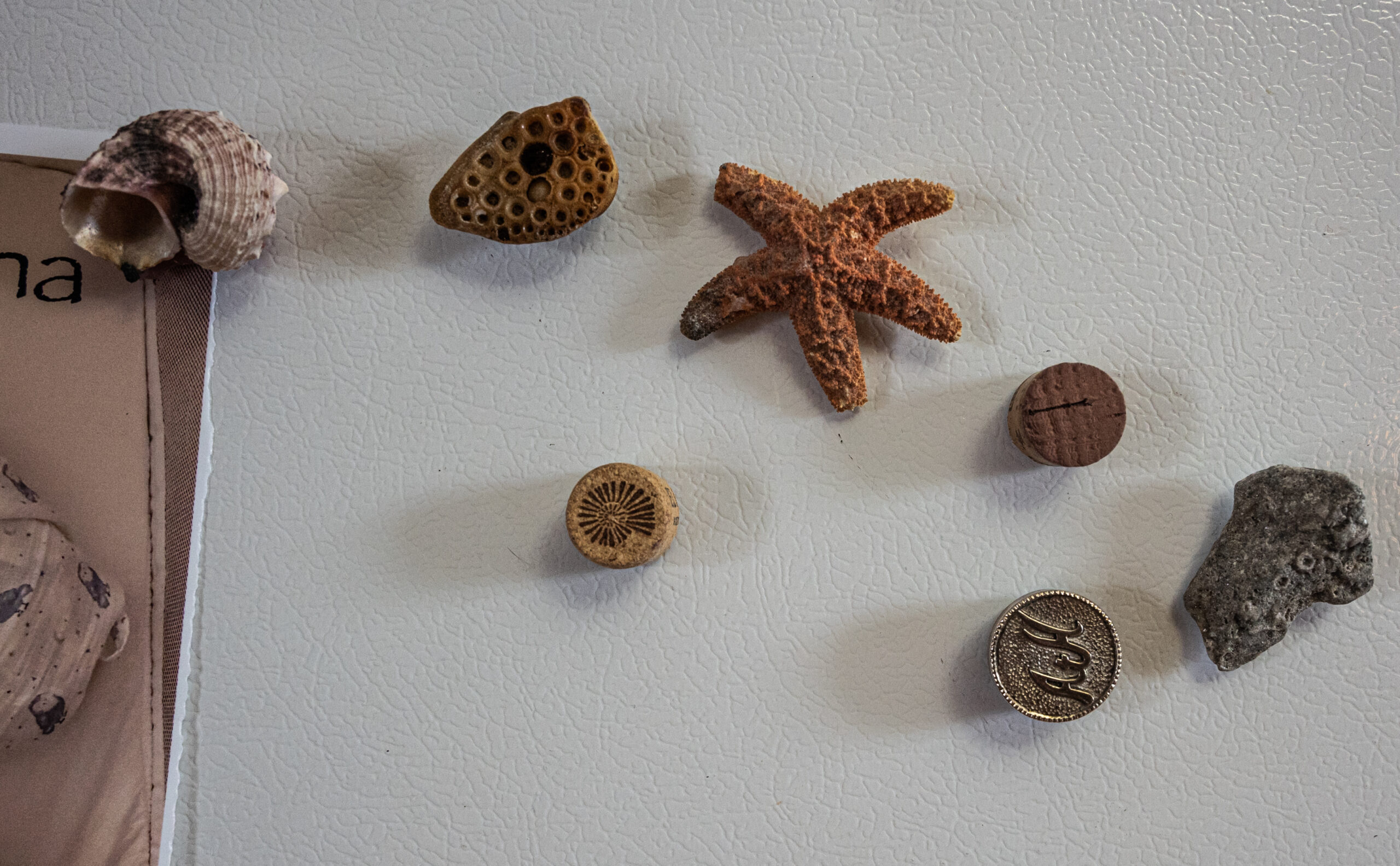

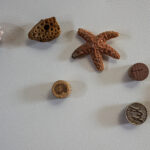

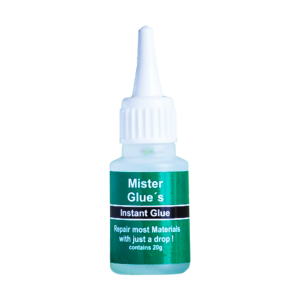 you will be able to purchase packages with various products. Please feel free to email me me with any questions you may have.
you will be able to purchase packages with various products. Please feel free to email me me with any questions you may have. 

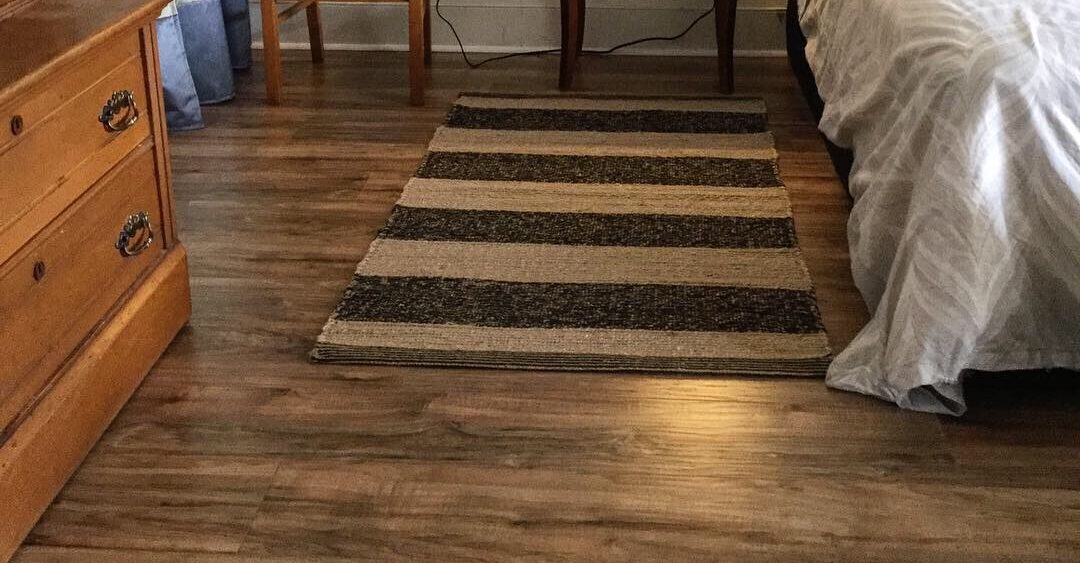
 in 48 hours.
in 48 hours.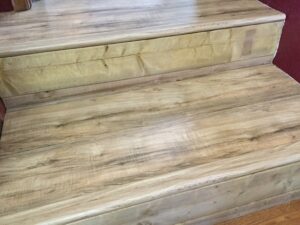 Didn’t seem to be a problem at all!
Didn’t seem to be a problem at all!